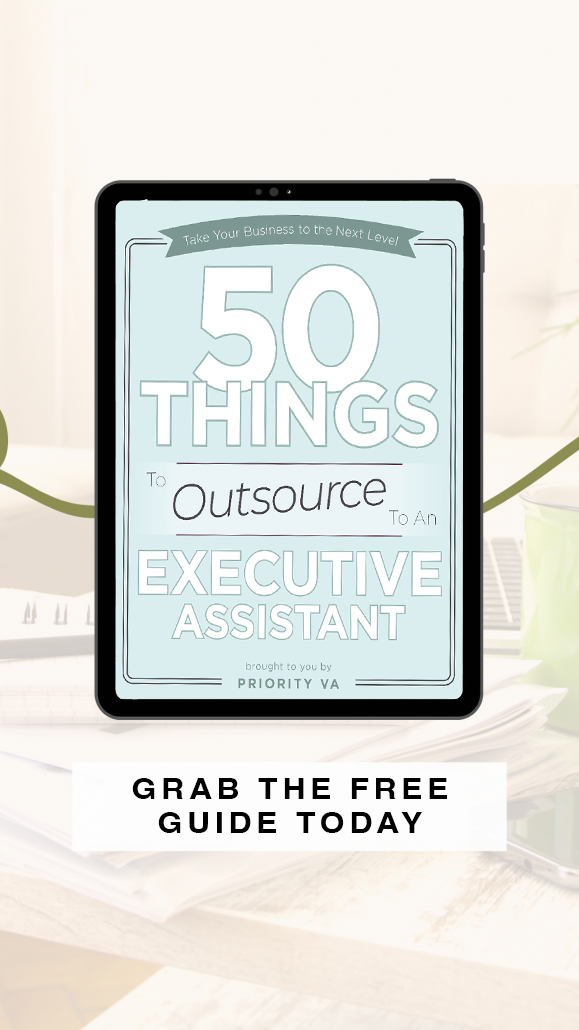Onboarding a virtual assistant into your business doesn’t happen automatically. Though your virtual assistant will bring a strong skill set to the table, there are special nuances about your business they’ll need to learn. Those details will come from you, the business owner. Once you’ve found the right virtual assistant and you’ve signed on the dotted line, take some time to properly onboard your virtual assistant and set them up for success right out of the gate.
Take Time to Train Your Virtual Assistant
Every business has its own unique way of operating. While you shouldn’t have to teach your VA how to create a LeadPage, you will however need to teach them the language you use, the color scheme you prefer, and how you communicate with your audience.
When you’re onboarding a new Virtual Assistant, it’s wise to carve out a few hours in your first week together to share the vision of your business, brand guide, and how your business operates. Use this time to share SOPs (Standard Operating Procedures) with your VA. In addition to sharing SOPs, we recommend recording your training call, so your VA can reference the video should they have questions further down the road.
Share All Necessary Technology (whether they need it now or not!)
Nothing is more frustrating to a Virtual Assistant than working on a project only to hit roadblocks. One roadblock that happens more often than it should is when a VA doesn’t have access to all of the necessary technology tools they need to use.
During your onboarding training session with your VA, share a list of all the tools they’ll need to use. To keep it simple on you, we recommend using a password management tool like LastPass. Using a password management tool gives you the ability to store all of your passwords into a folder. Simply share this folder with your VA for easy access. In doing so, your team can continue working on projects without asking for access to various sites, avoiding a delay in progress.
Make Communication a Priority
Quality communication is the backbone of a remote team. It’s important to determine how you communicate best. While sending the occasional text message or Voxer may work well, it’s always best practice to keep communication to email and Slack for easy reference. While sending a quick voice memo seems easy, remember, not everything that is easy is best.
Our team within Priority VA utilizes Slack for 99% of our communication. By keeping our communication in one hub, we’ve cut down on our inbox fatigue tremendously and have been able to keep conversations compartmentalized.
In addition to communicating via Slack, we also recommend scheduling a weekly call with your VA. Make this call a priority and treat it the same way you’d treat your client calls. Create an agenda for your week call to include:
- Review all current projects.
- What was accomplished last week.
- Goals for the upcoming week.
- Ask what your VA needs from you.
By keeping communication a priority, your team is able to know what everyone is working on and you avoid becoming an impediment to progress.
Are you struggling to find the right Virtual Assistant for your business? Reach out to Priority VA here to fill out a short form and we’ll help you determine where to find the right VA for you.





